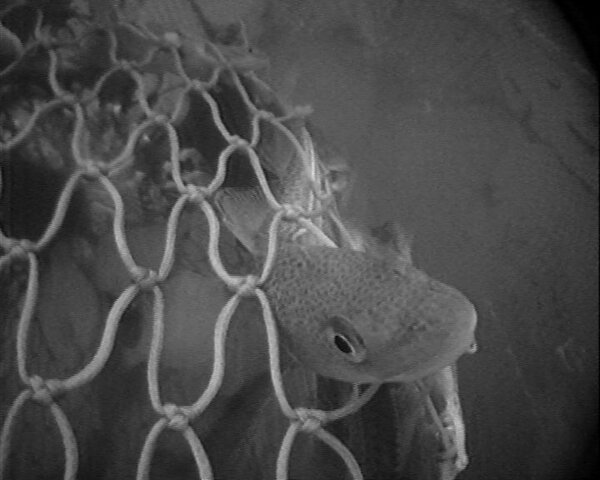Other mortality factors
In our calculation models we distinguish between natural and fishing mortality. The last includes mainly landings, but also fish that are discarded dead or those that escape from the gear but are so injured that they die later.
If we have any quantitative data at all on discards, we assume that these fish have a 100% mortality rate. For many round fish like herring and cod, especially in trawl fisheries, this is very close to reality.
However, there are also more robust species that can survive the catch and discard procedure and thus are not lost to the stock. We are trying to find out how high the survival rates actually are under which conditions (e.g. gear, water temperature, catch duration, catch composition) in order to further refine our estimate of fishing mortality. This work also has a direct impact on policy advice, because with the introduction of the landing obligation in the EU from 2015, the legislator has also provided exemption rules for fish “with high survival rates“, without specifying this in more detail.
However, even fish that were not taken on board at all and thus technically not caught can still be subject to fishing mortality - they can, for example, injure themselves when escaping through the meshes of a net in such a way that they die days later. This mortality has not been taken into account so far. We are trying to increase our knowledge of this “unaccounted mortality“ (e.g. through underwater observation or catching and keeping escaped fish) and thus improve the stock calculation.

![[Translate to English:] [Translate to English:]](/media/_processed_/d/7/csm_Startseite-OF_03_c0dfd6e750.png)
![[Translate to English:] [Translate to English:]](/media/_processed_/a/3/csm_20181116-151457-Stella-Jerome-Fischfalle-Warnem%C3%BCnde-Dorsche-im-Netzk%C3%A4fig-5691_heller_3050c72fa2.png)






